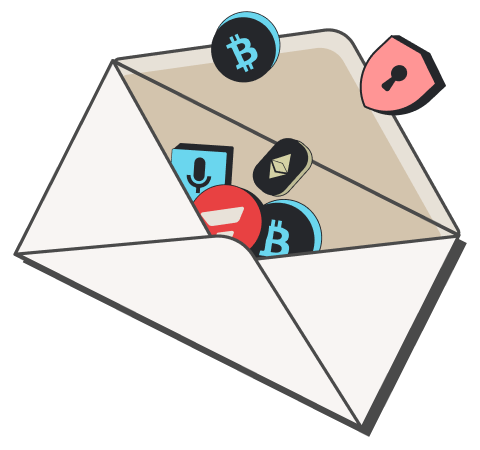Minting is the process of creating something new on a blockchain (kind of like publishing it into existence). When someone “mints” an NFT, a token, or even a new cryptocurrency, they’re permanently recording that asset or piece of information onto the blockchain. Once minted, it becomes a traceable, verifiable part of the public ledger.
In practice, minting can refer to a few different things. Someone might mint a new NFT, locking in ownership of a digital artwork or collectible. Or a project might mint new tokens, increasing the total supply of a cryptocurrency. Some blockchains even use “minting” to describe the process of adding new blocks of data to the chain, especially in Proof-of-Stake systems where blocks are created rather than mined.
What makes minting powerful is that it establishes proof of origin and ownership. You can see exactly when something was created, by whom, and what rules govern its future use. That transparency is what sets blockchain apart from traditional digital platforms, where ownership and authenticity can be faked, hidden, or revoked.
For policymakers, minting raises important questions about digital property, asset issuance, and intellectual rights. What does it mean to “own” something minted on a blockchain? How should token creation be regulated, especially if those tokens represent real-world value or investment? How do we protect creators, consumers, and the broader public when the barriers to issuing new assets are lower than ever?
Minting is the on-ramp to everything from NFTs and decentralized identity to digital currencies and programmable assets. Understanding how it works (and why it matters) is essential to shaping fair, forward-looking policies in the digital economy.
